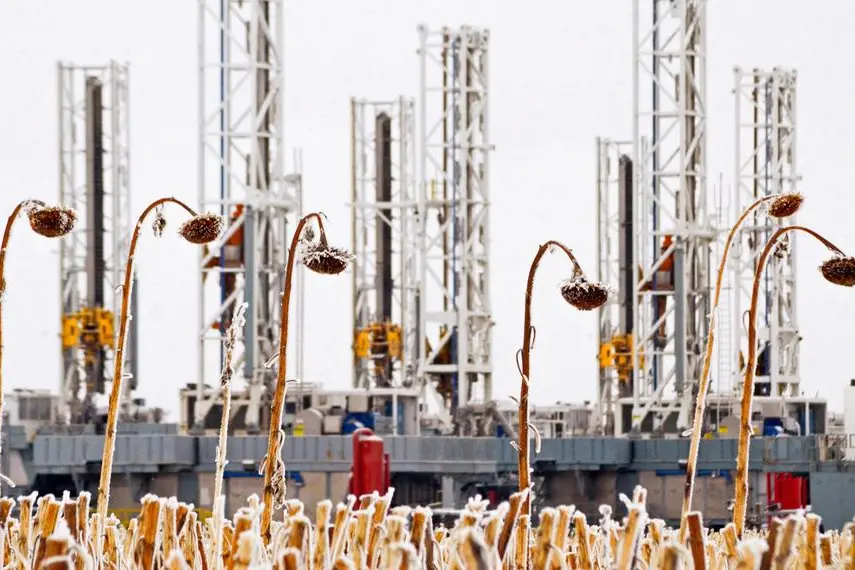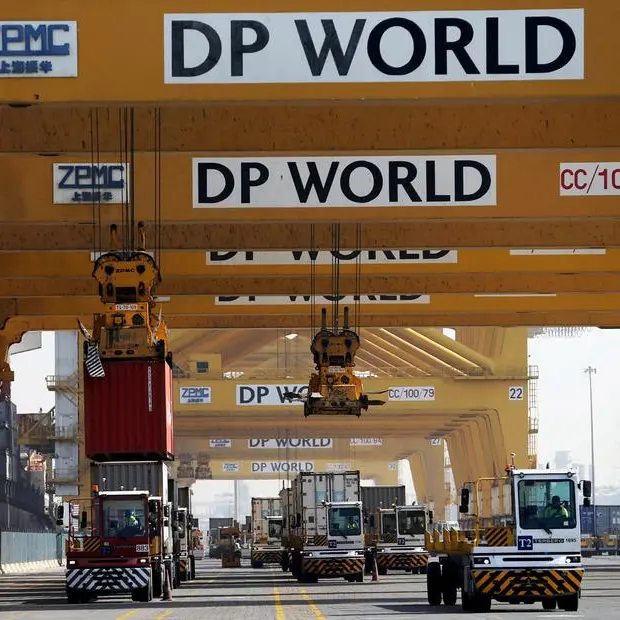PHOTO
Greater operating efficiencies in the top U.S. shale patch are squeezing out more oil without higher spending, according to the latest output numbers, which will boost global oil market supplies as
OPEC also plans to unwind its output cuts later in the year.
Producers are extending their wells to as much as three miles, squeezing more wells onto a single drilling pad and fracking several wells at once, boosting production, according to industry experts and company executives on recent earnings calls.
Taken together, these efficiency gains have led several big producers to raise their full-year shale oil production targets. Chevron lifted its full-year Permian output target to an about 15% gain, up from an earlier forecast of a 10% gain.
Diamondback, APA Corp, Devon Energy and Permian Resources, also forecast higher than expected Permian shale production in coming months. Occidental Petroleum raised its outlook for the basin for 2024 by 1,000 barrels per day (bpd) excluding its acquisition of Permian-focused CrownRock.
Devon pointed to a 12% drilling efficiency gain this year from drilling and said it had improved feet per day of well completion by 6% year to date, pushing its full-year oil output up about 3%. Permian Resources has raised its oil production target by 1.5% this year.
"Ultimately, we do see a market that will end up oversupplied in the fourth quarter," said Walt Chancellor, an energy strategist at banking and financial firm Macquarie Group.
Macquarie estimates U.S. production will grow about 500,000 barrels per day (bpd) by the end of this year from the end of last, exceeding U.S. government estimates calling for an about 300,000 bpd increase.
"For OPEC, what this means is, we see them ultimately not able to execute the current plan to bring production back over the course of 12 months," Chancellor said.
NO POST-MERGER SLOW DOWN
Consolidation among U.S. shale producers had been expected to slow production growth this year with companies preoccupied with combining staff and sorting through new properties. But the benefits of being able to extend wells into adjacent areas has boosted productivity.
"Efficiency minded public operators are increasingly drilling longer laterals and squeezing more wells per pad," said Ryan Hill, an analyst at energy data firm Enverus.
Diamondback, which agreed this year to acquire Endeavor Energy Resources, said last week it was modeling that one rig would drill at least 26 wells per year, up from a previous expectation for 24 wells, adding it was drilling wells about 10% faster than at the beginning of the year.
Diamondback will be stingy with any divestitures in the Permian as producing wells are "kind of worth their weight in gold right now," said Kaes Van't Hof, Diamondback Energy's Chief Financial Officer.
Chevron said it was one of the first to deploy triple-fracking technology, which fracks three wells in quick succession, reducing costs by more than 10% and shortening completion times by 25%. That has helped boost the number of production days, Chevron said.
Total production from the Permian rose to 6.2 million barrels per day in June, the second highest level on record, according to the U.S. government data. New well production per rig rose to 1,400 barrels per day, the highest in two and half years.
Historically, U.S. oil production has topped estimates every year since 2009, except for 2020 when COVID-19 pandemic crushed demand and output, a review of U.S. data showed.
Falling rig counts have kept production from growing even faster, and this eventually will slow the rate of increase. The number of horizontal oil rigs working in the Permian fell by 20 to 295 in the latest week, according to data from Enverus. It has fallen by 100 in the last five years.
(Reporting by Arathy Somasekhar in Houston, additional reporting by Mrinalika Roy in Bengaluru; Editing by David Gregorio)























